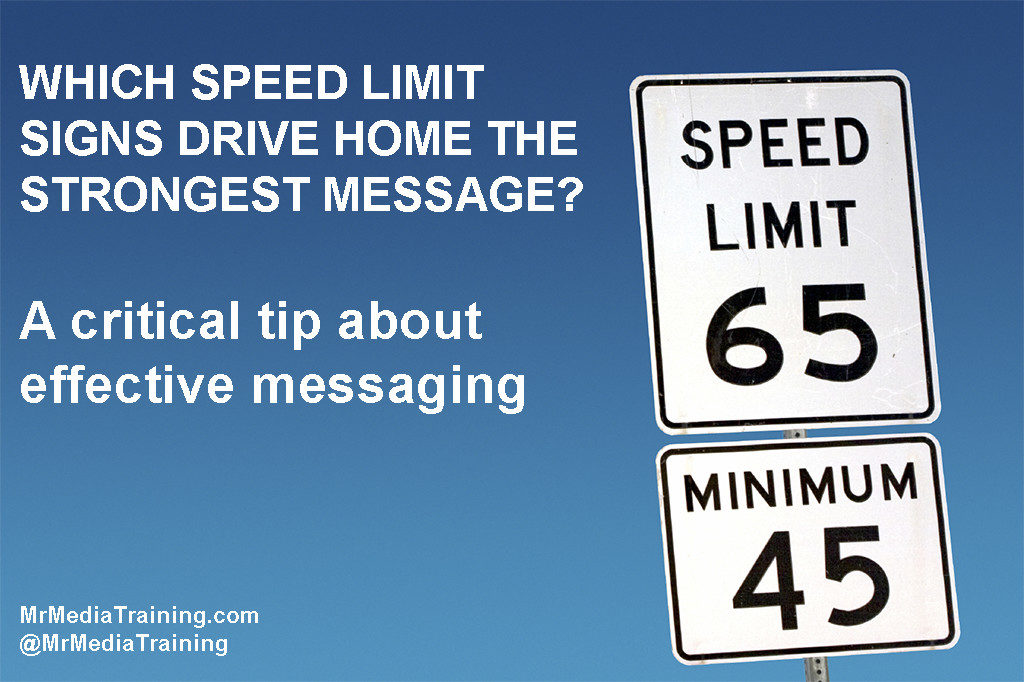How Many Times Do I Have To Say The Same Thing?
How many times do you have to repeat your message before people remember it?
In 1885, British businessman Thomas Smith attempted to answer that question in a guide called Successful Advertising. The book is best remembered for his 20-step plan for getting people to buy a product (see below).
“The first time people look at any given ad, they don’t even see it.
The second time, they don’t notice it.
The third time, they are aware that it is there.
The fourth time, they have a fleeting sense that they’ve seen it somewhere before.
The fifth time, they actually read the ad.
The sixth time, they thumb their nose at it.
The seventh time, they start to get a little irritated with it.
The eighth time, they start to think, “Here’s that confounded ad again.”
The ninth time, they start to wonder if they’re missing out on something.
The tenth time, they ask their friends and neighbors if they’ve tried it.
The eleventh time, they wonder how the company is paying for all these ads.
The twelfth time, they start to think that it must be a good product.
The thirteenth time, they start to feel the product has value.
The fourteenth time, they start to remember wanting a product exactly like this for a long time.
The fifteenth time, they start to yearn for it because they can’t afford to buy it.
The sixteenth time, they accept the fact that they will buy it sometime in the future.
The seventeenth time, they make a note to buy the product.
The eighteenth time, they curse their poverty for not allowing them to buy this terrific product.
The nineteenth time, they count their money very carefully.
The twentieth time prospects see the ad, they buy what is offering.”
So, do you really have to repeat your messages 20 times before people remember them?
No, say the authors of the excellent marketing book Made to Stick. In the book, authors Chip and Dan Heath insist a “sticky” message should work even if an audience hears it only once.
Who’s right?
Neither the Heath Brothers nor Thomas Smith can claim the magic number. There’s no such thing.
The Heaths are right that a great message might need to be delivered just once in order to be effective. But that depends on format, spokesperson, and cause: repeating a message one time in a one-hour radio interview would be ineffective, for example, since many members of the audience tune out during the hour while many new ones tune in. If they never hear your message, it’s not going to stick.
I side more with Mr. Smith. More advertisers, marketers, and advocates are trying to get our attention today than ever before, and they’re trying to do it at a time when our time is more fragmented than ever before. Even the most sticky messages need to be repeated, unless you’re reaching the exact same audience every single time you do an interview.
Therefore, repeat your messages numerous times – not verbatim, but by using a combination of messages, stories, statistics, and sound bites to make your point. Make sure all of your spokespersons are articulating the same themes. And use consistent messaging on all platforms – on the web, in your annual report, in your media interviews, in your speeches, etc.
Is your executive team long overdue for a media training session? Please contact us to learn more about our customized media training workshops.
Related: How to Create the Perfect Media Message
Related: A Dreadful Interview: The Limits of Message Control
Note to readers: I’m taking a long summer weekend. See you back here on Monday morning!




I always heard that you: 1) tell them what you’re going to tell them; 2) tell them; and then 3) tell them what you told them. That seems to work pretty well. =)
Arrrrgghhhh. No, Tressa! 🙂
I’m a presentations trainer and as a profession, our take on that would be “tell ’em how you’re going to bore ’em, bore ’em, tell ’em how you’ve bored ’em” 🙂
That might have been how people did it 10 or 20 years ago, but we’re better than that now!
Honest! 🙂
I’d sure love to see someone give validated UPDATE to Thomas Smith’s Successful Advertising theory. Anyone seen anything like that?
A Frequency Study in The European Journal of Social Psychology, Vol 40, Issue 6, pages 998-1009, October 2010. Lally Phillippa studied and reported her findings in HOW ARE HABITS FORMED: mODELING HABIT FORMATION IT THE REAL WORLD.
Chinese Proverb
TELL ME I WILL FORGET
SHOW ME I WILL REMEMBER
INVOLVE ME I WILL UNDERSTAND
Consider the impact of spaced repetitions.
I have to agree with Charles on this one. I learn visually though and, I am a hands on individual. I also agree with Thomas Smith on how advertising is done. Those steps that Smith laid out, are some of the very steps that I take when I see an ad but, this doesn’t work when I am reading something online; only with ads on tv.